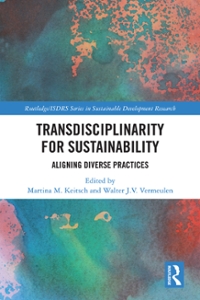Question
Consider the economy of two countries: England (E) and China (C) initially not trading with each other. Each country has 1000 workers for producing bananas
Consider the economy of two countries: England (E) and China (C) initially not trading with each other. Each country has 1000 workers for producing bananas (B) and roses (R). An English worker can produce 10 roses or 25 bananas while a Chinese worker can produce 50 roses or 30 bananas.
(a) Draw the production possibilities frontier for England and China. What does the slope of the production possibilities frontier represent? Explain.
(b) When both countries open to trade,
i. What pattern of trade would one expect?
ii. What do we know about the relative price of roses under free trade?
iii. How does allocation of workers across industries change after trade?
(c) Are English workers better off in terms of bananas and roses under free trade? Explain your answer.
(d) Is the wage in England higher than that in China after opening to trade? Explain your answer.
Step by Step Solution
There are 3 Steps involved in it
Step: 1

Get Instant Access to Expert-Tailored Solutions
See step-by-step solutions with expert insights and AI powered tools for academic success
Step: 2

Step: 3

Ace Your Homework with AI
Get the answers you need in no time with our AI-driven, step-by-step assistance
Get Started


